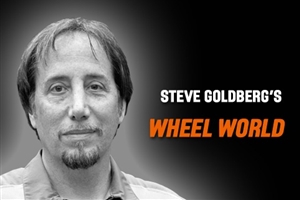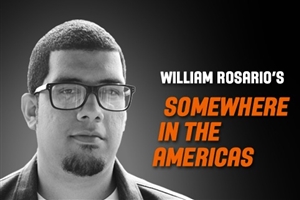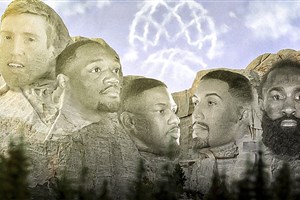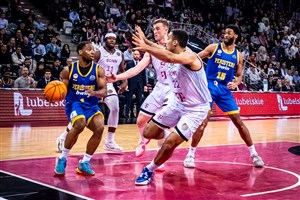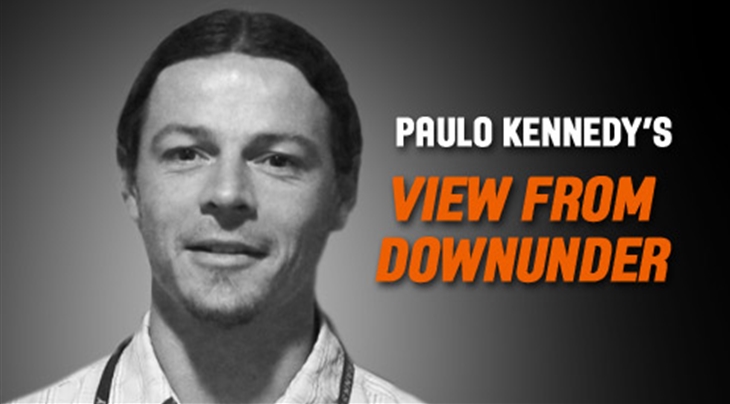
Learning to Boom a little differently
MELBOURNE (Paulo Kennedy’s View from Downunder) - Leading up to the London Olympics, Australia was taking on the might of Spain on their own turf to fine tune their game.
On match day, then-assistant coach Andrej Lemanis was putting in a bit of overtime to help one of his players, but it resulted in an epiphany that would shape his philosophies as the head coach come 2014.
"I went down early to work out Peter Crawford because he wasn't getting much court time," Lemanis said.
At the other end of the court was Spanish centre Marc Gasol, and pretty soon his workout caught Lemanis' eye.
"He was just doing these one-step step-back things and I sort of thought he was mucking around, he was shooting them left-handed, right-handed," he said.
"But after a while I started paying more attention to it and I realised that was actually his workout. You watch him play and that's how he scores, and that triggered something in me, an interest.
“In Australian basketball if someone came in and saw him doing that they'd just say he's mucking around."
Other duties soon intervened, but over time what he had seen that day began to marinate in Lemanis' mind, and when he got the top job in Australian men's basketball he started formulating how the nation could better prepare its young players for the highest level of basketball.
"I've been putting down some thoughts on how we practice in this country, and at junior level I think we spend a lot of time getting teams good at running 5-on-0 offence," he said.
"But to learn you need context, and running 5-on-0 you don't get any context. So I'm trying to encourage getting as much 2-on-2, 3-on-3 kind of play to enable context and skill acquisition.
"Trying to get out there the real skill in coaching is to know when to step in and help someone who’s having trouble acquiring a skill and knowing when to sit down and shut up to let them acquire the skill on their own."
While Lemanis spends considerable time distributing his ideas to junior coaches and then conducting sessions around the country to reinforce these philosophies, he also believes it can have immediate benefits for the Boomers.
"One of the things I've never had access to before is a skill acquisition coach," Lemanis said, referring to Australian Institute of Sport (AIS) expert Adam Gorman.
"He's been very interesting to talk to, in particular about adaptability in shooting and what that means."
And that takes him full circle, back to that workout in Spain with Crawford.
Crawford was picked for the Olympics as a player who could step in and punish sagging opponents from the three-point line, having starred for Townsville and nailed 40 per cent from long range despite being marked tightly.
But his 30 minutes and seven three-point attempts a game in the NBL, and indeed his workout with Lemanis that day, were vastly different from his potential one shot, must-make role with the Boomers.
“It's very different, and it's hard because you can sit there for four games but when you check in you're needed - it's a tough role and it's a real specialist role," he said.
"A traditional shooting drill is you shoot 100 uncontested shots, 10 in a row from one spot then 10 in a row from another, there's a real rhythm about it and that's just not what happens in games."
As such, a shooter like Chris Goulding or Ryan Broekhoff might experience some unorthodox workouts leading up to the FIBA Basketball World Cup in Spain.
"The extreme example is Steve Kerr's shooting coach," Lemanis said.
"He used to make him sit on the sideline, even let him have a cup of tea, read a newspaper, then he'd yell out 'shot' he would have to jump up, run to the bench, check in, make a shot and then go and sit down again, because that's what he did."
The reality is the entire Boomers squad can expect training methods that closely replicate what Lemanis will need from them in Spain, pointing out the key to learning comes from "the randomness of the skill acquisition."
While Australia doesn't have any international superstars, Lemanis wants to help his players make superstar shots when the defence forces them into a tough situation.
"When you look at the best players in the world, they don't get a lot of open shots, that's why they are the best players in the world," he laughed.
"We've been trying to come up with some more concepts about how to practice more of those game-like shots."
And if you ask Lemanis how he spends his time as full-time national team coach in the international off-season his answer is simple.
"Trying to get that message out through the wider Australian basketball community."
Paulo Kennedy
FIBA
FIBA's columnists write on a wide range of topics relating to basketball that are of interest to them. The opinions they express are their own and in no way reflect those of FIBA.
FIBA takes no responsibility and gives no guarantees, warranties or representations, implied or otherwise, for the content or accuracy of the content and opinion expressed in the above article.

